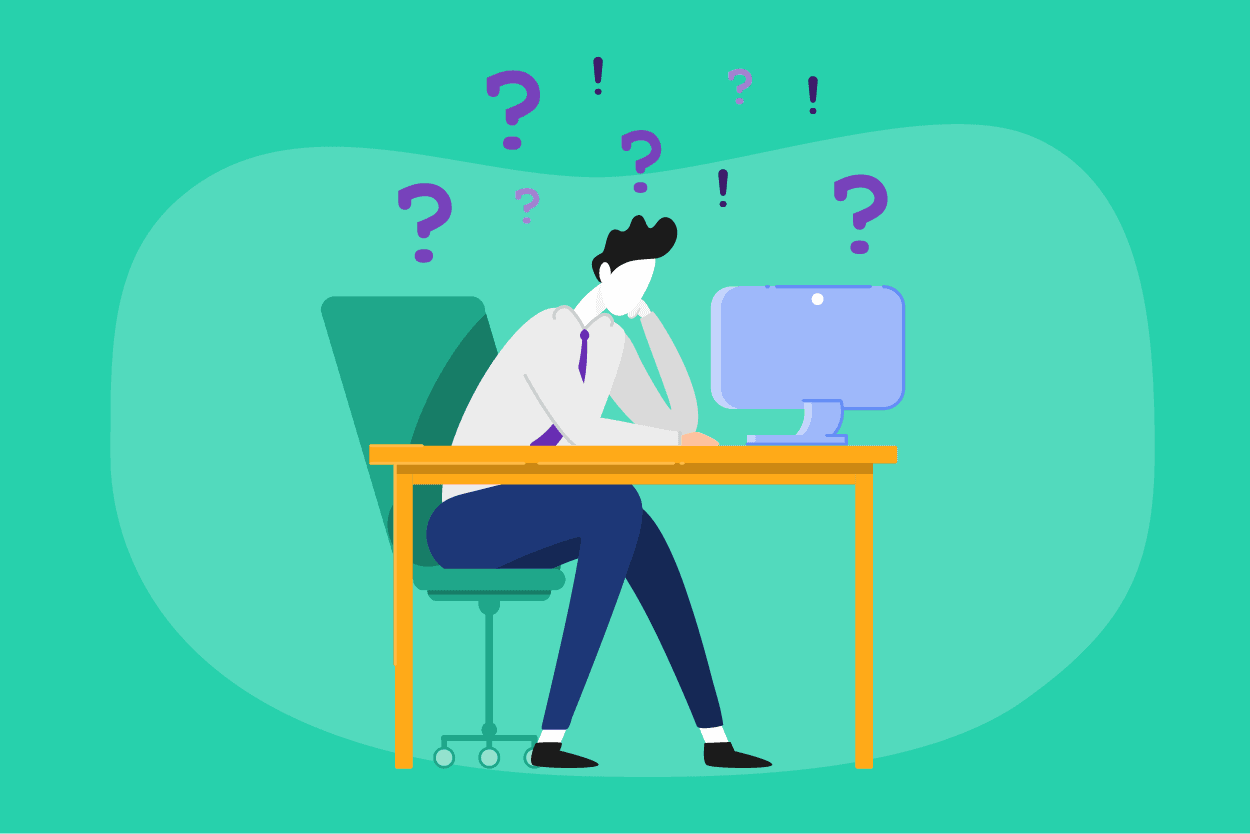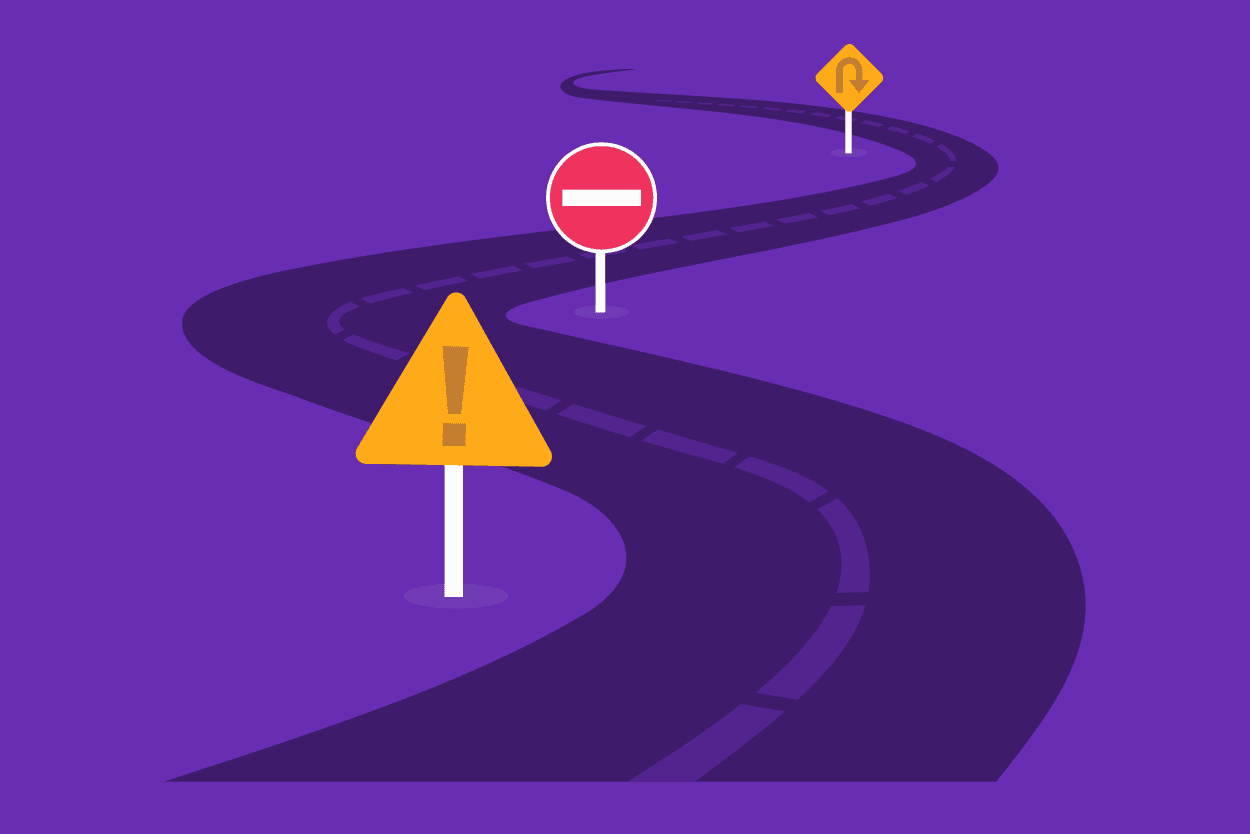Avoid These 2021 Open Enrollment Landmines
You might guess that tackling 2021 open enrollment amid this year’s upheaval would require an innovative approach. Yet as our 2021 State of the...
Connected Navigation Platform
Guiding to high-value care
Behavioral Health
Foster a mentally healthy workplace
EAP
Supporting holistic wellbeing
Virtual MSK Care
Reimagining musculoskeletal care
Virtual Primary Care
Powered by smart navigation
Surgery Centers of Excellence
Best-in-class surgical outcomes
Virtual Urgent Care
Immediate care, any hour of the day
Chronic Care
A new approach to chronic care
Integrations
Flexible to any strategy
4 min read
 Claire Wiseman Imber
:
October 14, 2020
Claire Wiseman Imber
:
October 14, 2020

We’re approaching 2021 open enrollment under a cloud of mental health concerns. Employees are struggling like never before, and it might feel like you’re ill-equipped to help. Yet we do have tools, and we’re making the case that one of them—the Employee Assistance Program (EAP)—should be a major point of emphasis at this critical juncture.
First, an EAP is a powerful tool to help employees deal with personal and work-related problems. It’s not only the first stop for employee mental health concerns, but a lifeline for legal resource, child and elder care concerns, substance use, and more. In other words, it offers support for the multi-layered struggles employees face right now.
More importantly, employees don’t understand their EAP. As we’ll detail here, our State of the Benefits Experience Survey revealed that most HR leaders feel their employees aren’t grasping the full EAP offering. If you sense the same problem, we’ll discuss the challenges and what to do about it.
We’ve written extensively about 2020’s impact on employee mental health. The short story? The situation is dire. According to the American Mental Health Counselors Association, an estimated 41 percent of Americans are currently experiencing a mental illness. Their report goes on to point out that during the same period last year, less than 10% of adults reported symptoms of anxiety or depression. The AMHCA calls the confluence of systemic racism, the COVID-19 health crisis, and the economic meltdown as “more than a perfect storm.”
We sent our 2021 State of the Benefits Experience Survey to 9,000 HR pros in the summer of 2020 —four months into the nationwide shutdown prompted by the coronavirus pandemic. We asked: In your opinion, are your employees aware of all the resources offered in your EAP (i.e.: financial support, legal support, work issues, family matter support?).
Of the 131 employers who responded to our survey, only 11% believed employees knew about the full offering. Sixty-four percent said they thought employees knew about some, but not all, benefits. What’s more, 7% said they didn’t think employees were aware of their EAP at all. The remaining 18% said they believed employees knew about “most” of their benefits.
You may be doing everything in your power to support employee mental health, but these numbers highlight the gap between your offering and employees’ ability to use them. What’s more, the concept of awareness only gives us insight into the very first step. It doesn’t even touch on utilization, which we know is chronically low for traditional EAP’s. Without even basic awareness of the full offering, employees are missing out on so many of the resources that now, more than ever, are critical for them to thrive.
In addition to short-term mental health counseling,
Resources and support for caregivers. According to NPR, half of Americans reported difficulty finding childcare pre-pandemic, and that number jumped to two-thirds this spring.
Short-term counseling and group support resources specifically for employees struggling with substance abuse. Experts agree that substance use has increased during the pandemic. One study from Baptist Health South Florida found that 55% of the adults surveyed reported an increase in past-month alcohol consumption, with 18% reporting a significant increase.
Support for employees struggling with trauma which, during 2020, is a pressing issue for first responders, people of color, and those experiencing workplace COVID-19 outbreaks, among others.
Resources to help employees manage their budgets, address debt, and more. Particularly relevant as unemployment remains more than twice what it was at this time last year, and particular industries are hit by continued closures.
Legal services
Free legal counsel for divorce, bankruptcy, and more.
Free legal and financial support for employees who want to pursue adoption.
Right now, employees need all the help they can get. Yet we know they aren’t grasping what you already offer. So how do we bridge the gap?
Based on our survey and on EAP utilization numbers, we know employees just aren’t wrapping their heads around this benefit. Here are five ways you can begin to change that in 2021:
As we recently detailed, 2021 OE won’t look like any other. It will be challenging, but it’s also a chance to improve. As you’re reconsidering you OE strategy, focus communications on the under-utilized benefits employees need right now, including EAP. That may mean emphasizing the parts of your EAP employees don’t already grasp. If your utilization numbers show that short-term therapy is popular but legal support has never been used, consider how you can highlight legal support during OE. Tweak your communications to your employee population.
Mental health awareness is growing, but the stigma associated with treatment is still a hurdle. Sharing anonymous stories, encouraging senior leadership to emphasize EAP, and highlighting anonymity can all encourage employees to feel comfortable picking up their phones and reaching out for help. Read our post The Three Main Barriers to EAP Utilization for more.
After OE, don’t press pause on EAP. Continue highlighting its benefits in your year-round communication campaigns. Employees may not need their EAP the moment you message them about it, but you never know when a reminder will come at exactly the right time. Whether by email, push communication, or Slack message, keep emphasizing to employees that help and support are just a call away.
Our survey revealed that just 7% of employers are using SMS messages to communicate benefits information, and 21% are using app notifications. Yet nearly all (99%) use paper or online enrollment materials. Given that a majority of Americans now own cell phones and most millennials report wanting to receive their benefits information in a different way, this dissonance is jarring. If your employees aren’t grasping your EAP, isn’t it time to try a method of communication that meets them where they already spend time? Use push notifications and SMS to promote under-utilized EAP services.
During 2020’s upheaval, employee support is your priority. We know that most employers already offer that support through an EAP.
Yet our recent survey revealed most HR pros don’t feel their EAP education efforts are effective. With employees under mounting stress and work and home colliding, investing in employee understanding now will pay dividends in the future.
With a few tools and a little ingenuity, you can help employees wrap their heads around the resources they’ll need most for 2021.

You might guess that tackling 2021 open enrollment amid this year’s upheaval would require an innovative approach. Yet as our 2021 State of the...

These constantly-changing plans put employees in a precarious position: adding mounting fear, anxiety, stress, and worse to their existing workload.